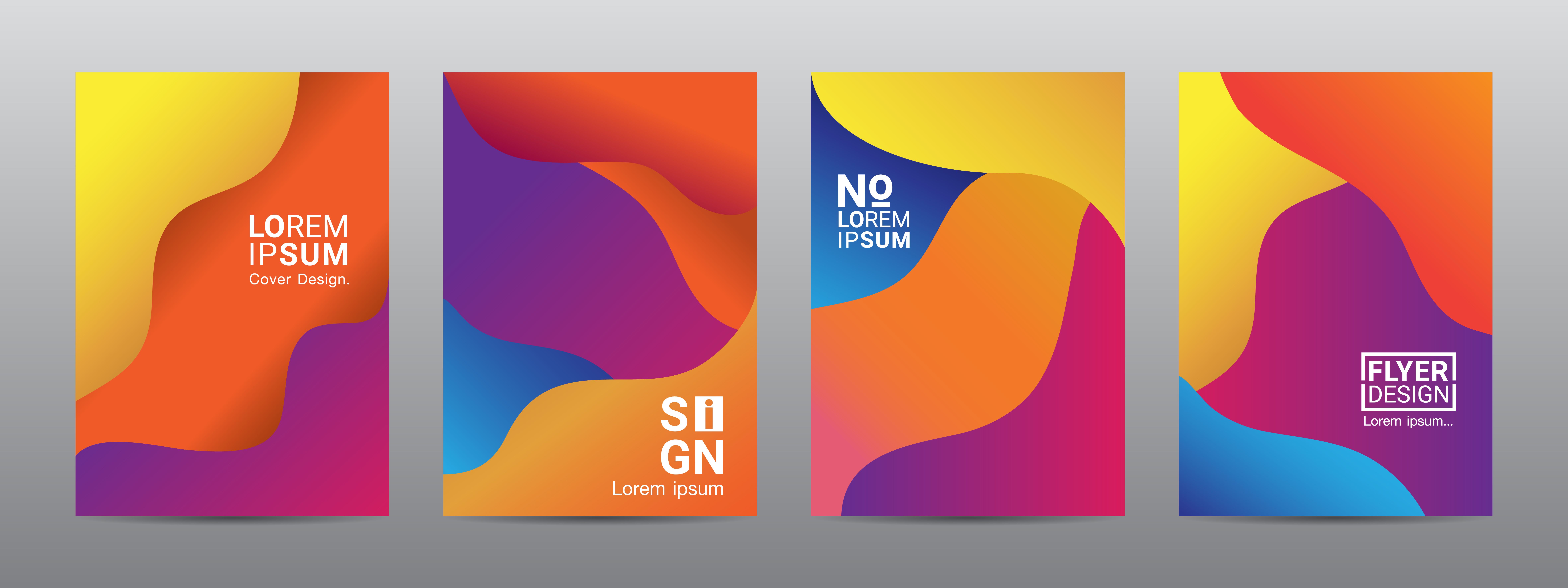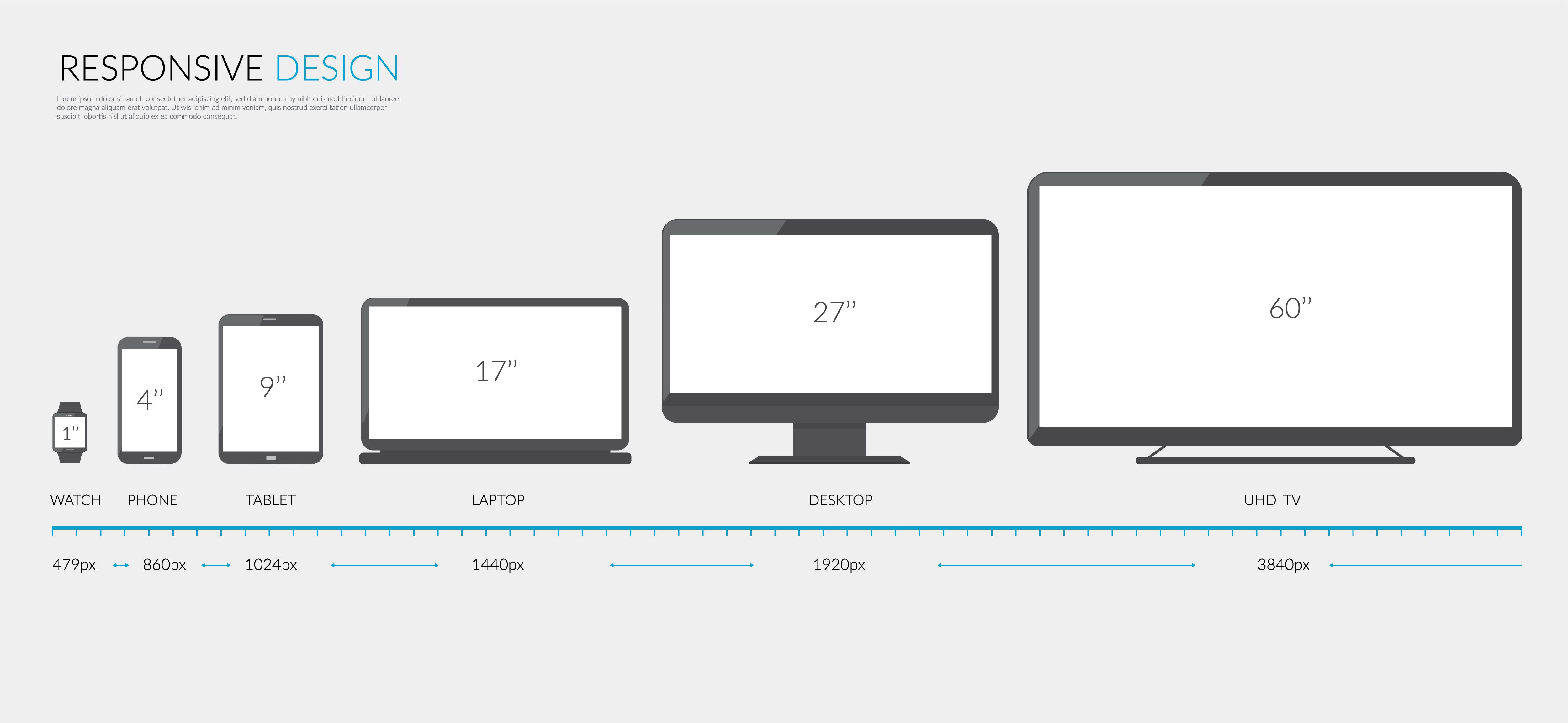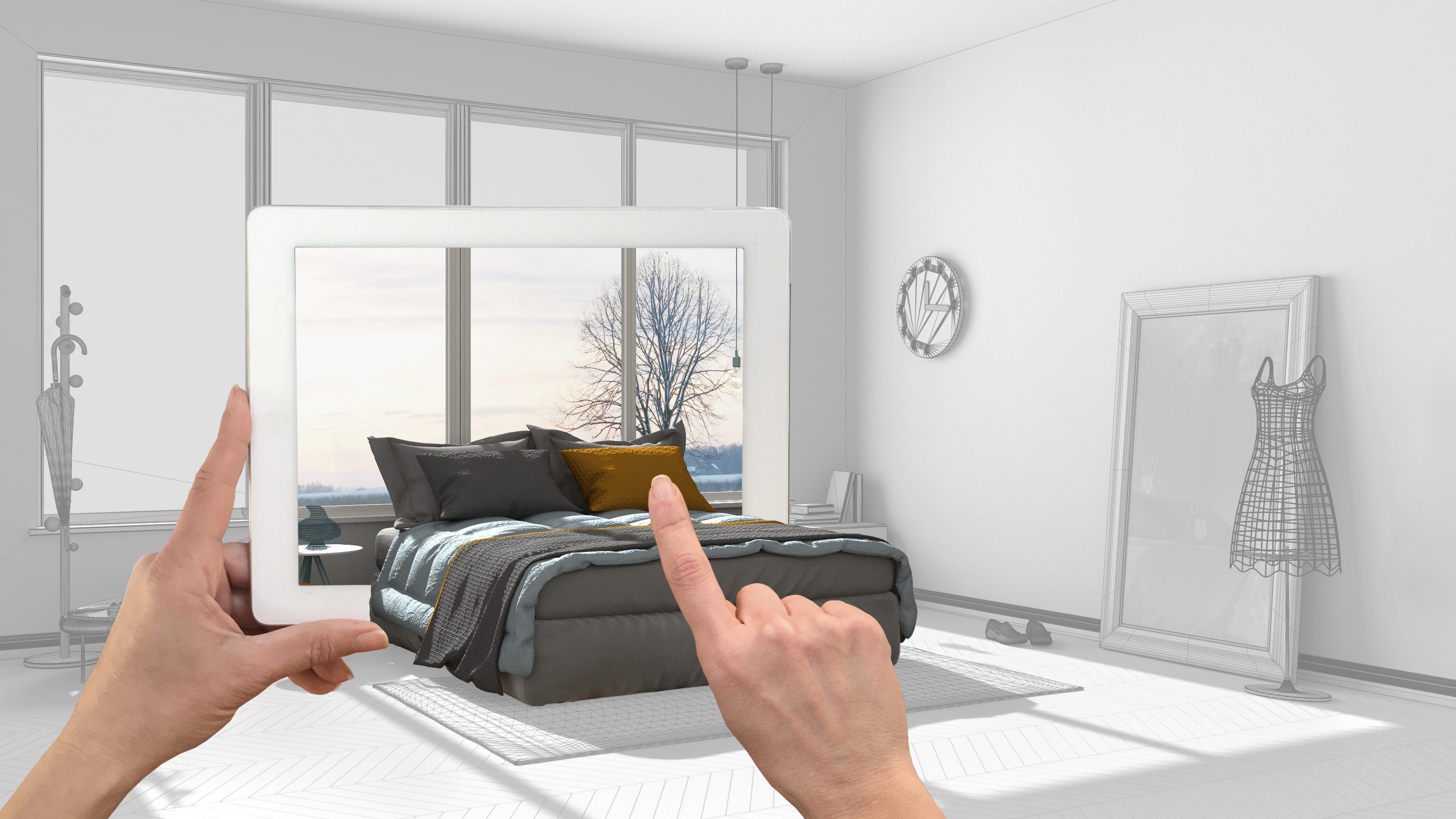2019 is an exciting year in design innovation. The ongoing rise of mobile platforms and development in AR/VR technologies in particular has paved way for a number of unforeseen trends to come into prominence. We will explore some of the most interesting design trends that came to dominate the first half of 2019, and explore the potential influences they may have in the year ahead.
Vivid & Vibrant Colours
One of the most obvious design trends in 2019 would definitely be the widespread usage of vibrant and vivid colours. This type of design can be observed in a number of work produced in 2019 for different mediums, including 2D/3D illustrations, website/app designs, and even high-level accent colours for all sorts of different materials produced by large corporations.

Vibrant & Vivid Colours
3D Animations, Illustrations, and Designs vs Retro Illustrations and Animations (with a modern take)
This was a design choice visible across many different forms of media. From music videos to digital renders, 3D animations and illustration are seeing heavy usage in 2019. But nostalgia has always formed a big part of the inspiration for new designs, and 2019 is seeing a new height in the translation of this concept on the other end of the spectrum into contemporary designs as well.

3D Animations & Retro Illustrations
Responsive Logos
Ever since the release of the original iPhone back in 2007 and subsequently the first Android phone HTC Dream a year later, mobile usage around the world has soared with incredible momentum. Mobile devices accounted for 52.2% of global web traffic in 2018, surpassing that of desktops. To many people, their smartphones or tablets such as the iPad serve as their primary device for essentially all personal computing needs, including web browsing and content consumption. This rise in mobile devices has created a new challenge for web and UI/UX designs. Most modern websites have been programmed to be responsive for some time now (meaning that webpages dynamically optimize themselves for viewing on types of devices). However, this trend seems to have caught onto graphic designs in 2019. Most prominently in the form of responsive logos.

Responsive Design
VR/AR Designs & Integration
Development in Virtual Reality (VR) and Augmented Reality (AR) technologies over the past couple of years has allowed for these functions to make their ways into consumer products in 2018. Including the PlayStation VR Headset and more importantly, AR integration in iPhone X and subsequent generations of the Apple smartphone. Addition of the AR functionality into the mainstream smartphone lineups has given birth to a whole new form of design and development work for mobile devices. One good example is the IKEA app’s use of AR to allow a digital render of the company’s furniture to be overlaid to scale in the app user’s surroundings. Though good implementation of AR technologies in consumer products still remains challenging and requires a high level of collaboration between developers and designers.

Augmented Reality & Virtual Reality Technologies
Hand-Drawn Digital Art
The rise of digital drawing tablets such as those produced by Wacom introduced the concept of hand-drawn digital art. But the recent release of multipurpose tablet computers that doubles as a drawing tablet, such as the iPad Pro, has unleashed a new wave of hand-drawn digital art. As these types of consumer technology products become cheaper and more easily accessible, it becomes easier for the general public to conduct high-quality creativity-related work on their everyday device.

Hand Drawn Digital Art
As a creative professional, it is important to acknowledge and reflect timely trends in your designs at all times. As we move into 2019, we expect to see these trends expand even further and become even more common in everyday designs. If you’re interested in seeing some of these design trends in action, please feel free to visit our Case Studies page for some of our past work.


